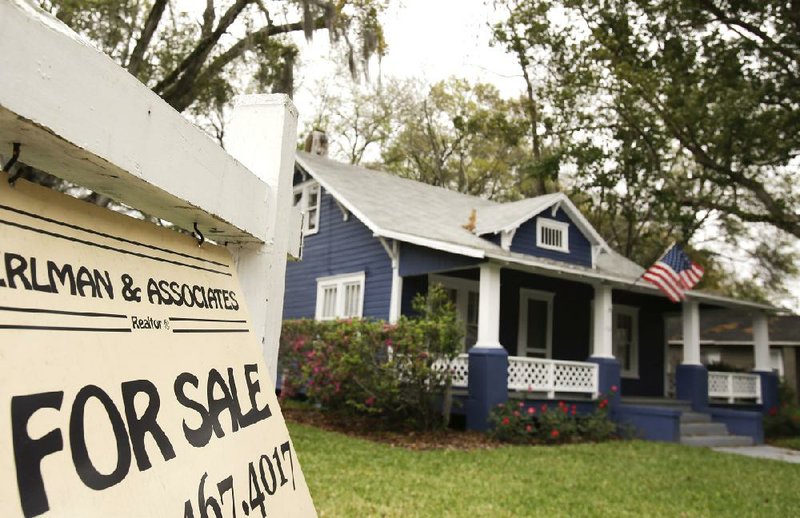WASHINGTON -- U.S. home prices rose at a slightly slower pace in the 12 months that ended in March, a sign that weak sales have begun to restrain the housing market's sharp price gains.
Data provider CoreLogic said prices rose 11.1 percent in March compared with March 2013. Although a sizable increase, that was down a bit from February's 12.2 percent year-over-year increase.
On a month-to-month basis, prices in March rose 1.4 percent from February. But CoreLogic's month-to-month figures aren't adjusted for seasonal patterns, such as warmer spring weather.
Home sales and construction have faltered since last fall, slowing the economy. A harsh winter, higher buying costs and a limited supply of available homes have discouraged many potential buyers. Previously owned home sales in March reached their lowest level in 20 months.
Some signs suggest that buying might be picking up a bit in the spring. Signed contracts to buy homes rose in March for the first time in nine months, the National Association of Realtors said last week.
Even so, economists forecast that sales of existing homes will barely rise this year from 2013's pace of 5.1 million. Sluggish sales, in turn, will slow annual price gains this year to about 5 percent or 6 percent, economists say. CoreLogic forecasts that prices will increase just 6.7 percent in the 12 months that will end next March.
Higher prices typically encourage some homeowners to sell, yet the number of homes on the market remains low. CoreLogic chief economist Mark Fleming said many homeowners might be reluctant to sell because they've locked in low mortgage rates and are hesitant to buy a home with a higher-rate mortgage.
The Federal Reserve's bond-buying program helped reduce the average rate on a 30-year fixed mortgage to as low as 3.3 percent in early 2013. The average is now about 4.3 percent, according to mortgage buyer Freddie Mac, the Federal Home Loan Mortgage Corp.
Fleming said about a third of homeowners with mortgages are paying rates below 4 percent. An additional 15 percent are paying around the current average of 4.3 percent. That means about half of homeowners with mortgages are paying rates at or below the current level -- about double the percentage of a year ago.
Home prices in California have jumped 17.2 percent from a year ago, CoreLogic said. Nevada, at 15.5 percent, has posted the second-largest gain, followed by Georgia, at 12.4 percent; Hawaii, 12.3 percent; and Oregon, 12.2 percent.
The Riverside-San Bernardino, Calif., metropolitan area reported the largest price gain over the past 12 months, 20.9 percent. It was followed by Los Angeles-Long Beach, with a 17.1 percent gain; Atlanta-Sandy Springs, 14.1 percent; Houston-Sugar Land, at 13.7 percent; and Chicago-Naperville, 11.3 percent.
Home sales and construction began recovering about two years ago after being hammered by the housing bust and recession. But a jump in mortgage rates last spring caused sales of existing homes to start falling in the summer.
Business on 05/07/2014
